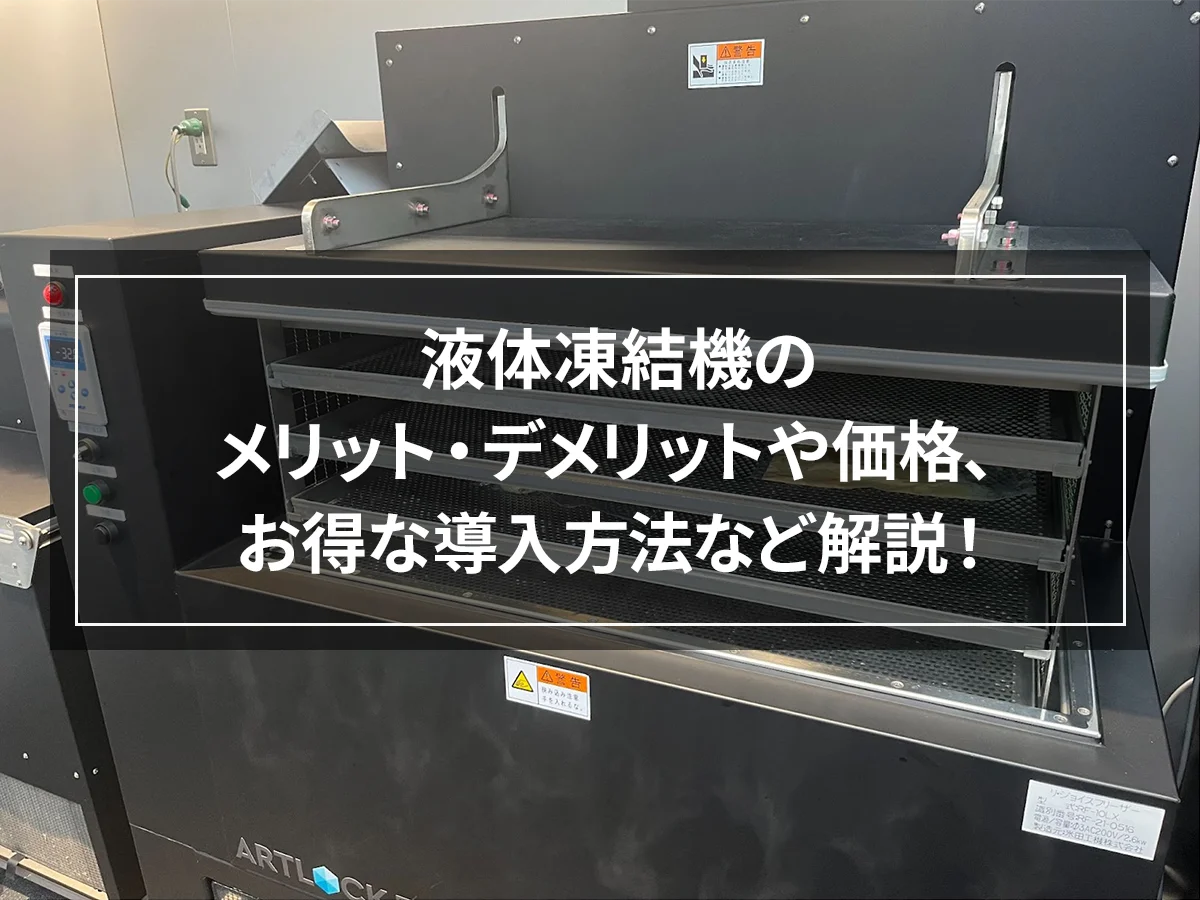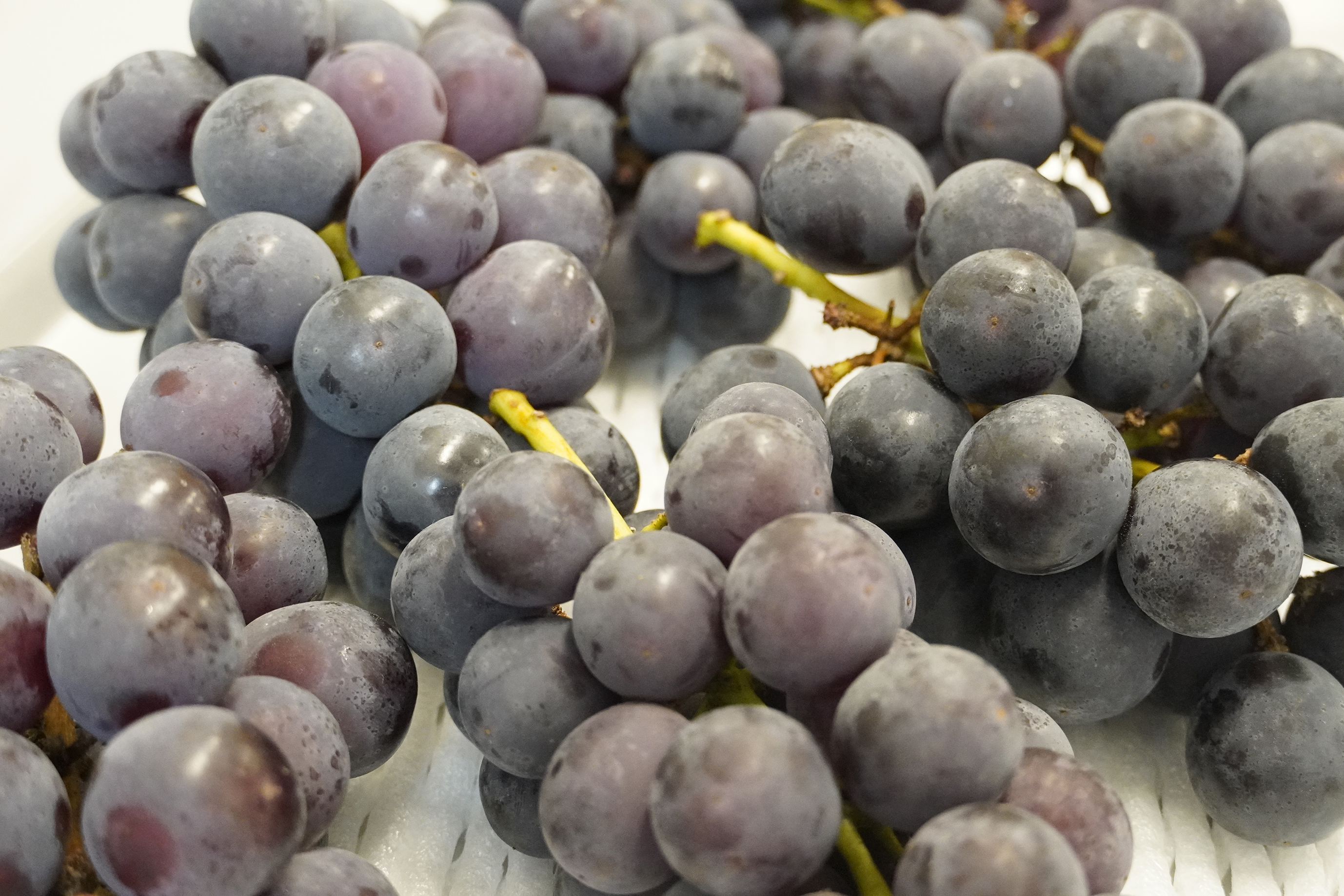[Instant cooling at -196℃] What's up with cooling equipment that uses liquid nitrogen?
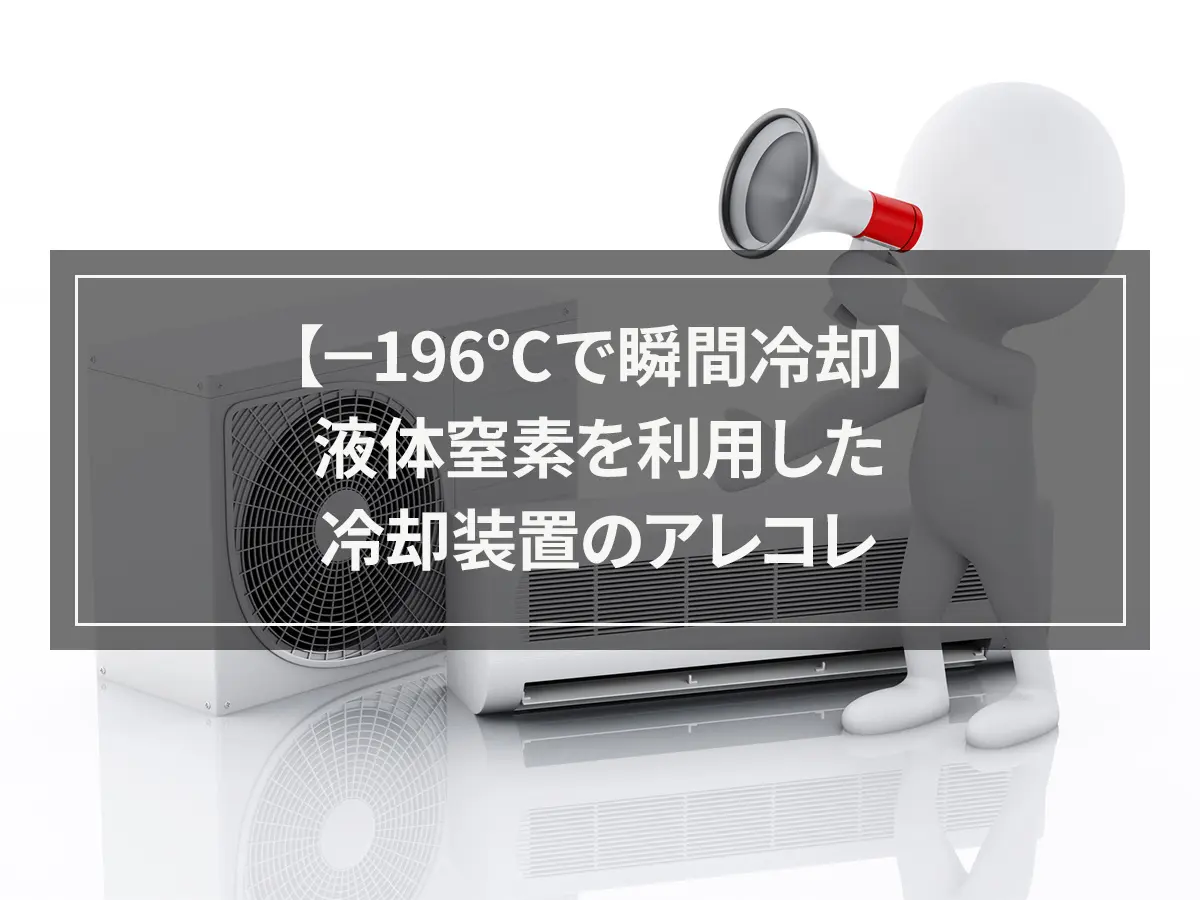
Nitrogen is a familiar gas that makes up most of the air, but do you know about liquid nitrogen?
Liquid nitrogen has excellent cooling capacity, so it is used in various cooling devices.
It is used in heat treatment of metals, crushing of rubber and plastics, cooling of computer CPUs, and equipment for freezing food.
In particular, in the field of food refrigeration, the use of quick freeze machines that use liquid nitrogen brings great benefits.
目次
Create -196℃! What is the equipment that produces liquid nitrogen?
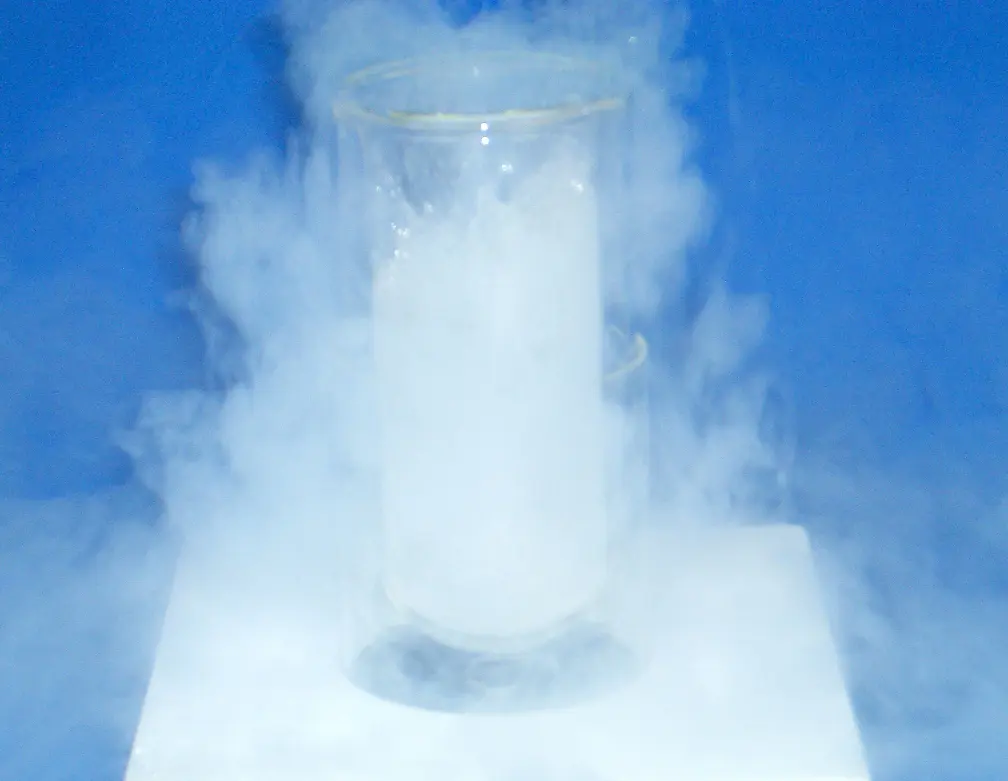
Liquid nitrogen is nitrogen that has been cooled to a low temperature of -196℃ and liquefied. Due to its extremely low temperature, it can freeze a variety of things.
Nitrogen is a gas that makes up nearly 80% of the air, and the remaining 20% of the air is made up of oxygen, carbon dioxide, etc. Liquid nitrogen can be produced by cooling air.
Carbon dioxide turns into dry ice at-78.5°C, and oxygen liquefies at-183°C. It can be created by removing other components from the air by taking advantage of the difference in temperature at which it turns into a liquid.
Another method is to create liquid air from air and separate it into oxygen and nitrogen.
First, an air filter removes impurities such as dust and dirt from the air. Then, carbon dioxide is removed using a carbon dioxide absorber, water and oil are removed using an oil/water separator, and the material is dried.
Then, pressure is applied to the air from which impurities have been removed, causing it to liquefy. The boiling point of liquid oxygen is -183℃ and the boiling point of liquid nitrogen is -196℃, and this 13℃ difference can be used for separation.
Furthermore, we also have an automatic liquid nitrogen production supply device that can automatically supply liquid nitrogen to the machines you want to use.
Liquid nitrogen is used in NMR, which uses nuclear magnetic resonance to investigate the structure and movement state of molecules, germanium semiconductor detectors, electron microscopes, and machines for cryopreservation of biological samples.
Liquid nitrogen is produced by combining a nitrogen generator that extracts nitrogen from the atmosphere with a small cryogenic refrigerator.
Molecular sieve charcoal for oxygen and nitrogen separation is used to separate substances by taking advantage of the difference in adsorption speed depending on the size of the molecules.
When pressurized, oxygen and other molecules with small molecules are adsorbed, leaving behind nitrogen that is difficult to adsorb, making it possible to extract efficiently.
The extracted nitrogen is cooled in a refrigerator and turned into liquid nitrogen, which is automatically supplied to each machine.
Liquid nitrogen used for various cooling purposes
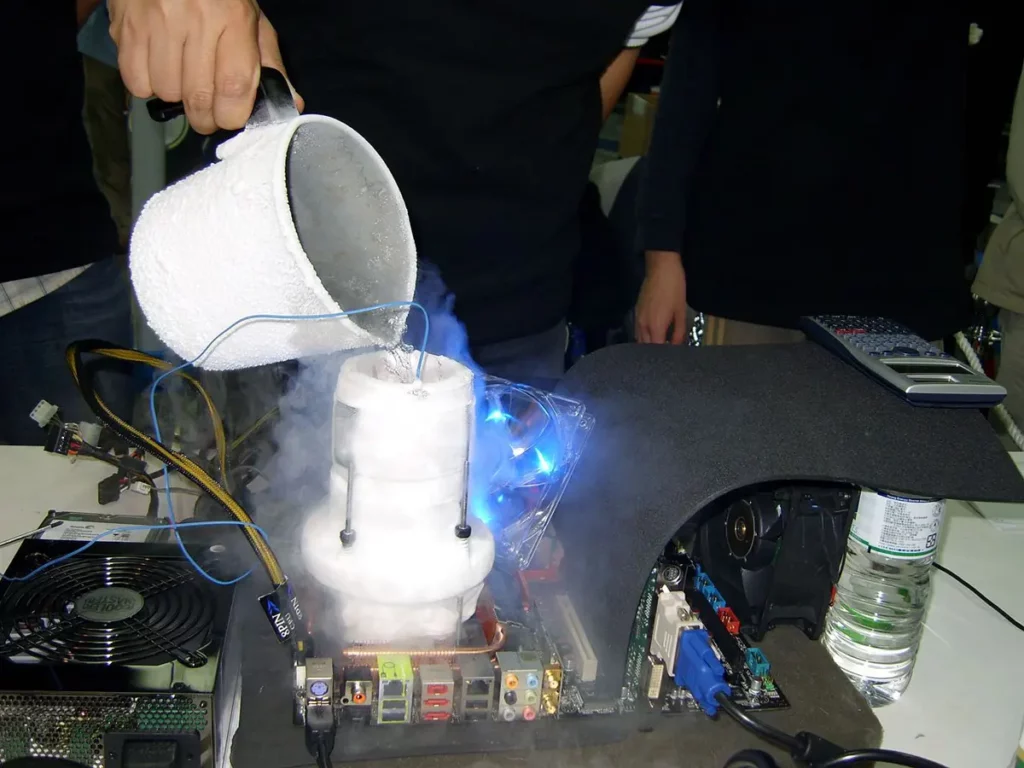
Liquid nitrogen is used in various cooling devices due to its extremely low temperature of -196℃.
It is used for a variety of purposes, including laser processing of metals, heat treatment of metals, dry cutting of knives, and soldering in an oxygen-free atmosphere.
Metal sub-zero processing equipment
It is used to cool metals at extremely low temperatures after hardening.
Sub-zero treatment is a heat treatment method in which the retained austenite in the steel is transformed into martensite by cooling the hardened steel to -70°C to -80°C. The hardness increases and becomes uniform, resulting in stable quality.
It also improves wear resistance, which prevents deterioration over time and improves machine performance.
Cryogenic grinding equipment
When processing waste materials such as rubber products, they are pulverized into powder at low temperatures. Rubber and plastics have a property called low-temperature brittleness, which weakens them below a certain temperature.
Plastic and rubber products that cannot be pulverized at room temperature can be efficiently pulverized by cooling them with liquid nitrogen.
PC CPU cooling system
A computer's CPU is a densely integrated semiconductor electronic component that generates heat when current is passed through it. Since high temperatures can cause overheating, breakdowns, and shorten the life of the machine, it is equipped with a cooling device.
Cooling using air or water is common, but there are also cooling methods using liquid nitrogen or dry ice.
Liquid nitrogen has a high cooling effect, allowing you to perform extreme overclocking at extremely low temperatures. By increasing the frequency called the clock, which is a numerical value that represents the CPU's performance, it is possible to run it at high speed.
Overclocking using liquid nitrogen and breaking world records.
Liquid nitrogen also used in food cooling equipment

Its excellent cooling capacity is especially utilized in the food freezing field.
A quick freeze machine that uses liquid nitrogen can instantly freeze food by spraying liquid nitrogen gas at -196℃.
Quick freezers freeze food faster than regular freezers, and can freeze food without destroying the cells.
Freezing can greatly extend the shelf life of food, but it has the disadvantage of reducing the quality of the food.
However, by quickly freezing it, you can protect it from damage caused by freezing, and you can preserve it while maintaining the same quality as before freezing.
By passing food through the freezing temperature range of -5℃ to -1℃ in a short period of time, food cells can be frozen without damaging them.
This prevents drips from flowing out during thawing and preserves flavor and texture.
In addition to quality, there are four other benefits to using a quick freeze machine that uses liquid nitrogen.
1. It freezes quickly to around -10℃, which prevents the growth of bacteria and allows for hygienic production.
2. It is environmentally friendly as it does not use CFC gas as a refrigerant.
3. Electrical equipment is small and consumes less electricity. Additionally, since there is no need for a refrigerator or heat exchanger, there are fewer breakdowns and easy maintenance.
4. Freezing can be done in a short time, making it possible to efficiently produce large quantities.
Furthermore, quick freezers that use liquid nitrogen can freeze a variety of foods, from fresh to cooked foods.
Foods with high water content
Fruits such as mandarin oranges and crab meat.
starchy foods
Starchy foods such as kamaboko, sushi, rice, noodles, and bread. Also, sweets such as cakes.
rose freezing food
Fresh foods such as shrimp, crab, and scallops, as well as foods that can be frozen in bulk, such as edamame. It also supports IQF, which is individual rapid freezing.
Foods that value aroma
Cooked items such as curry and pizza.
blanched food
Mushrooms such as mushrooms and shiitake.
Although liquid nitrogen is not a gas that is harmful to the human body, care must be taken as there is a risk of frostbite and suffocation if handled incorrectly.
Therefore, it is often introduced at large food processing plants that are well-equipped and require mass production.
Most of the machines are large, tunnel-shaped machines with a conveyor belt like you see on TV shows, but there are also machines that are about the same size as a regular household freezer.
There are also nozzle-type freezers that instantly freeze the surface of products by spraying atomized or granular liquid nitrogen. It is possible to cool the entire area uniformly or locally.
Ideal for freezing the surface of ice cream or desserts with several layers.
Conclusion
Due to its high cooling capacity, liquid nitrogen is used in various cooling devices.
Liquid nitrogen is not well known, but it is widely used to cool everyday products.
For those who need efficient cooling, using liquid nitrogen may be an option.








![[Storage period increased by 30 times! ] Achieving a stable supply of raw whitebait!](https://shunkashutou.com/wp-content/uploads/2016/11/579c55e6d32e1385c250e8e7c3ed59a71.jpg)
![[Sales increased 100 times! ] rapid freezing the signature menu “Ni-katsu sandwich”!](https://shunkashutou.com/wp-content/uploads/2016/11/IMG_02391.jpg)
![[Horse sashimi] We have significantly reduced waste loss with rapid freezer!](https://shunkashutou.com/wp-content/uploads/2016/11/5fda59d0cbcdabde18e58c3c58c09ed0.jpg)




![[Storage period increased from 3 days to half a year! ] Restaurants are expanding their business using wholesale and mail order!](https://shunkashutou.com/wp-content/uploads/2018/04/66c19942ab4ba346fdb64ccc04cde373.png)
![[Reduce loss from 200 kg of oysters to zero] Improve loss and expand business with rapid freezer](https://shunkashutou.com/wp-content/uploads/2018/06/19785ca583a8d3c4041c7c192d041b0d.jpg)















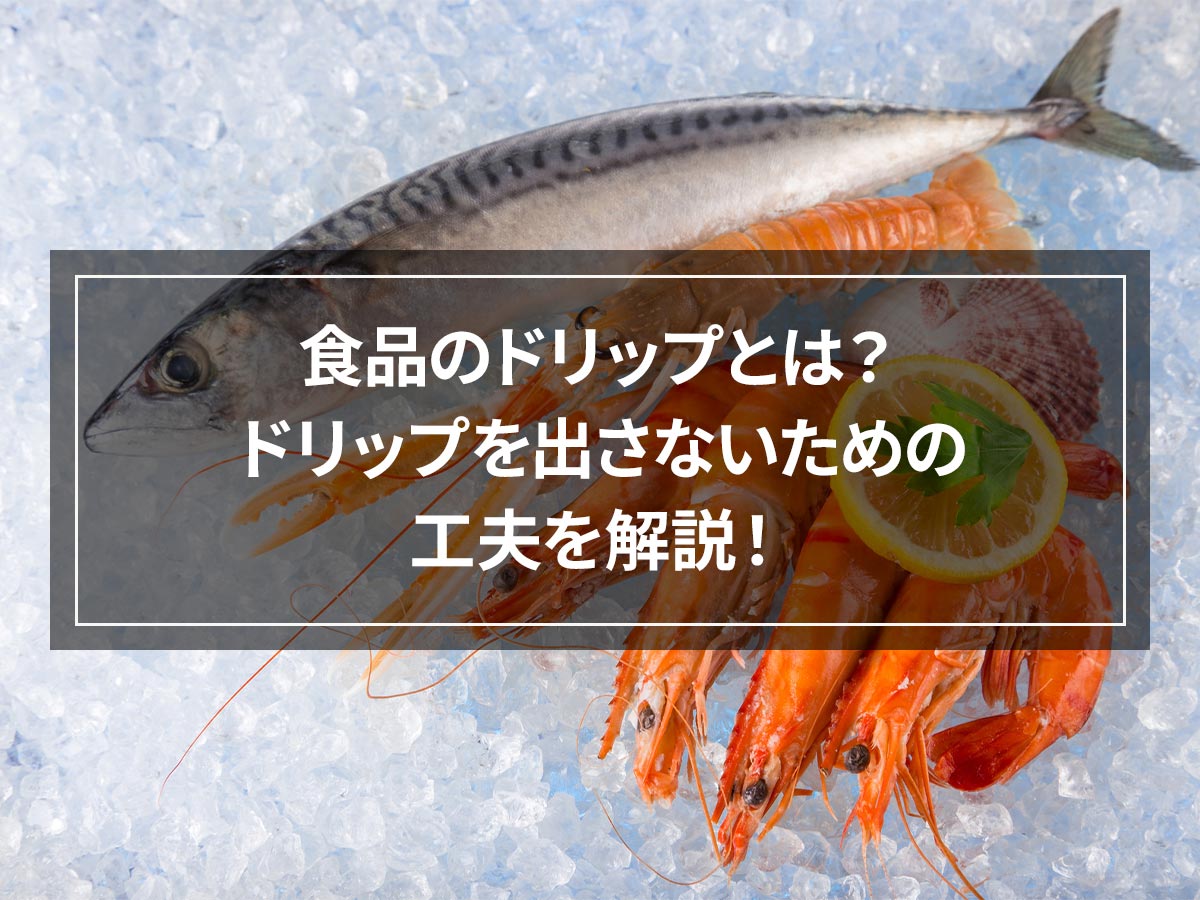
![[Used and energy-saving types also available] Points to keep in mind when using refrigerated/frozen showcases](https://shunkashutou.com/wp-content/uploads/2015/10/9a1f5615c9649610709c0e4a29df5f57.jpg)


![[Successful example of rapid freezing] Efforts of Yuko Fisheries Cooperative and regional revitalization by women](https://shunkashutou.com/wp-content/uploads/2024/10/68950ce21415f187d34a8a1d5b48956a.webp)
![[How long does frozen fish and meat last? ] Interesting expiration dates and tips to extend the shelf life](https://shunkashutou.com/wp-content/uploads/2023/08/f124221382987fe32d0ffda6b6f497c1.jpg)



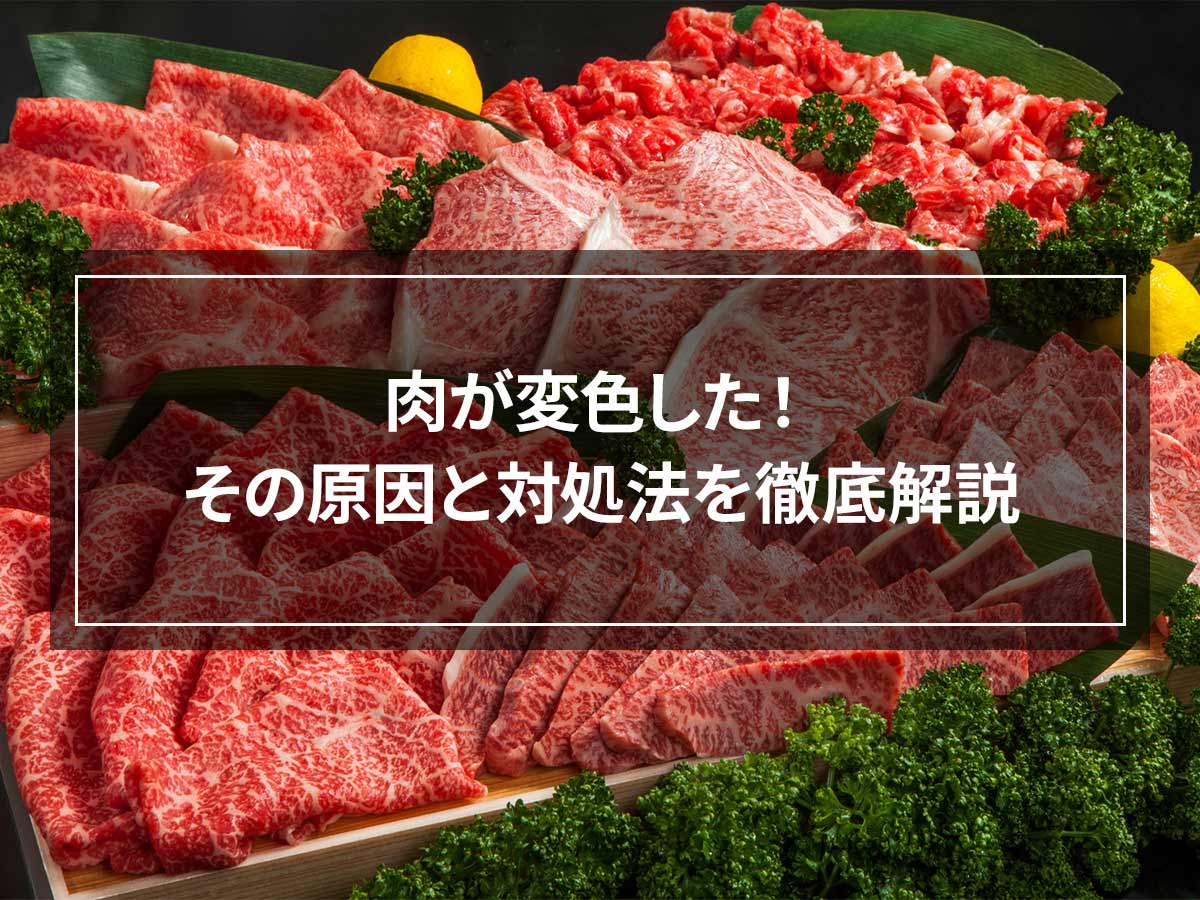
![[For maintaining food quality!] Three functions you should know about constant temperature and high humidity storage](https://shunkashutou.com/wp-content/uploads/2015/10/krefrigerator.jpg)
